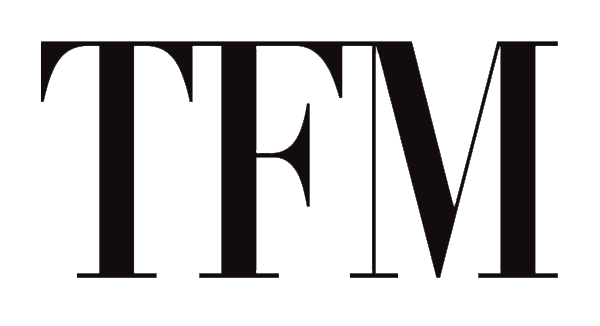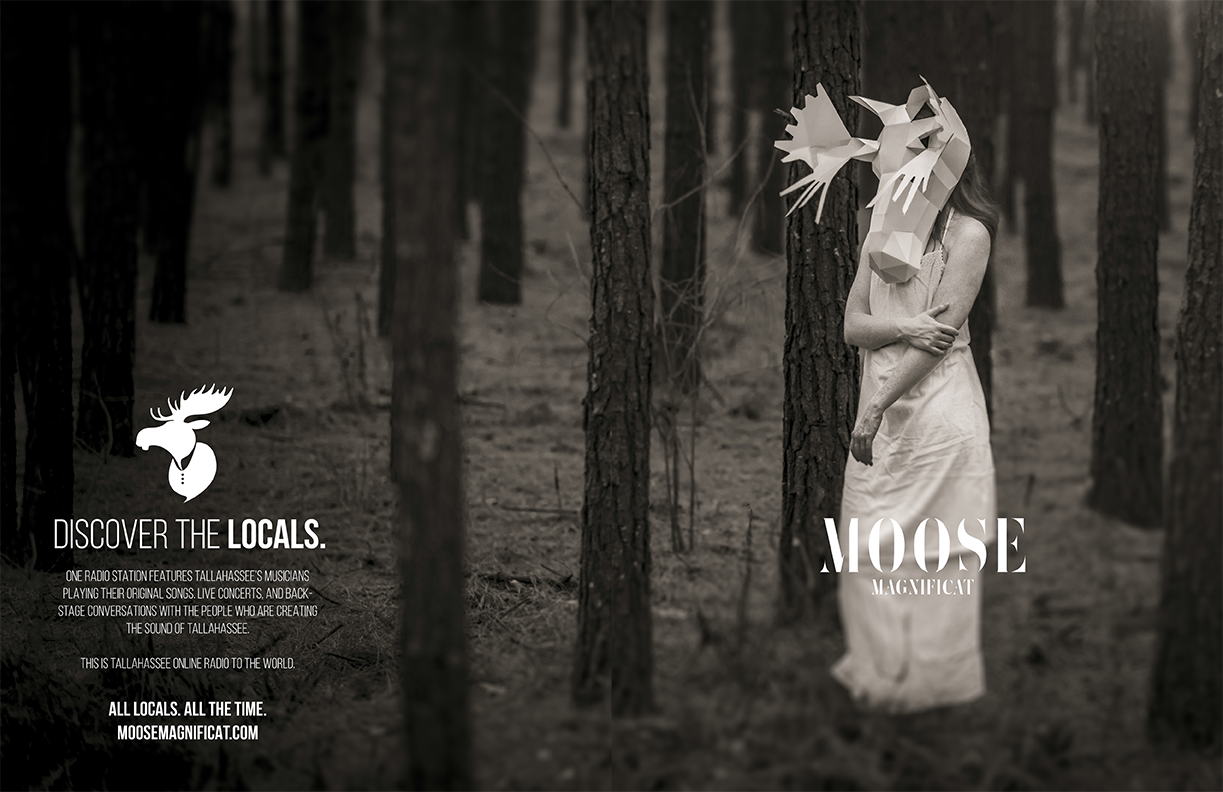S.T.E.A.M. and the Future of Work
by Vincent Hunt
If you have been following me over the past five years, you are probably cringing at the idea of me saying that we may be running quickly toward a second “industrial revolution.” A big fan of the “post-industrial economy”- where we are now – I rant often about what the industrial economy did to talent, and how the education system that was designed for it is completely at a loss as it pertains to developing future innovators and creators.
As I pondered the idea of writing about what I see coming around the corner, something that I am calling (along with a handful of other people 100 times smarter than me) “the second industrial revolution,” I could not help but think about the widening education gap that will be accentuated by the emergence of the Industrial Internet, the vehicle by which the second industrial revolution will be fueled, and I grieve all the more. I grieve not because we will be headed back into a manufacturing era (in fact I celebrate this idea, and I honestly and wholeheartedly believe that if the U.S. gets on board fast, we can lead in manufacturing again). I grieve because at the core of the Industrial Internet there will be the same ingredients that have always been at the epicenter of progress: creativity and innovation, and as a people we have done a horrible job at making sure that our future innovators and creators are prepared.
There has been a heightened awareness of the need for more computer sciences in the classroom, but there has been very little talk of the need for more art, more science and more engineering as a whole. The STEM acronym (science, technology, engineering and math) has dominated the education conversation for about the past decade. However, I challenge that we go a step further and start thinking about the value of “art” – the raw creativity that drives and fuels innovation. With the rise of the second industrial revolution, what I will call “2ID” throughout the rest of this writing, we will also see the rise of the new factory worker, and this new factory worker will be fundamentally different than the factory workers before them in one defining way: they will know the science of computers. But is it enough to just know how to code? How to program a computer? With the 2ID quickly approaching, we have to start thinking about this, and thinking about it in a way that drives education innovation. Science, technology, engineering, art and math… STEAM should be considered the new cornerstone of education innovation, and preparing a generation that will drive economic prosperity and growth well into the future should be of paramount concern.
Industrial Internet
If you have not heard this term before, you need to know it, because it’s a term that’s gaining a lot of momentum, and it matters. Coined by the market research and analysis consulting firm Frost & Sullivan, the Industrial Internet loosely defined is the merger or integration of physical machinery with connected or “networked” sensors and software. A good example of what the Industrial Internet is and will be capable of can be imagined through the lens of the Google driverless car. The Google driverless car takes in environmental data from a roof-mounted sensor that identifies road geometry and controls the “machine” parts of the car, the throttle, brakes and steering mechanisms, in real-time. This “sensor to machine” relationship is the foundation of the Industrial Internet. Take that real-time approach to manufacturing and you have something rather interesting. Imagine being able to design your own car at home and in real-time in some Industrial Internet enabled factory. Your car is going from your laptop directly to production.
This reality is not far off. In fact the IIC, or Industrial Internet Consortium, was founded by AT&T, Cisco, General Electric, IBM and Intel to explore this fascinating new approach to manufacturing. Predix, General Electric’s Industrial Internet platform, is real, and at the intersection of people, machines, big data and analytics, Predix enables Industrial Internet application.
The Future of Work
The type of thinking that will be needed moving forward will be equal parts creative and critical. The future of work for today’s youth will be starkly different than the vision of work that we have today. The artistic scientist will be the one who successfully designs a way to produce healthier, friendlier food choices. The technical conductor will create music with a global orchestra, unrestricted in talent and depth. All of this is poetic – realistic, but poetic. The bigger and more pressing issue is the social-economic separation created by those who have the capacity to tap into their creative intelligence and build a bolder, brighter, more connected future versus those who consume. The issue is a “maker” versus “consumer” issue, and we have to prepare our children for a future that will operate by a new rulebook that’s steeped, not in conformity, but in originality and art. The future needs more artists. Artists create experiences that drive economic growth.
We have to start re-imagining the factory and what it looks like. I predict that the future factory worker will be a highly skilled builder/architect/artist who will understand the relationships between the intersections that drive the Industrial Internet (people, machines, big data and experience), and these highly skilled people will be compensated well and valued. As people we have to start preparing the young minds of the future so they can compete on a global scale in organizations that depend on manufacturing for growth. Thinking about the future of manufacturing can be daunting. However, innovation is not a buzzword. It’s a survival word, and understanding this advance in how things are made is paramount. The Industrial Internet is fresh and new. STEAM-centered education is paramount and the future of work is promising.
Vincent Hunt is an American innovator, entreprenuer and founder/CEO of MASSIVE Corporation USA, Inc., a design consultancy committed to helping young, emerging creators prepare for the future.












